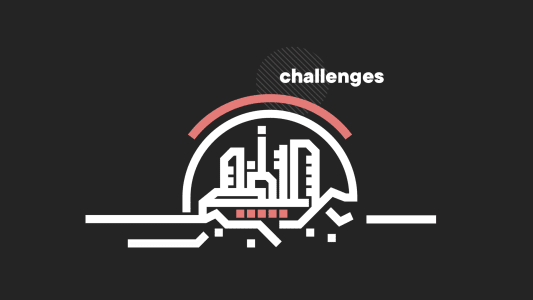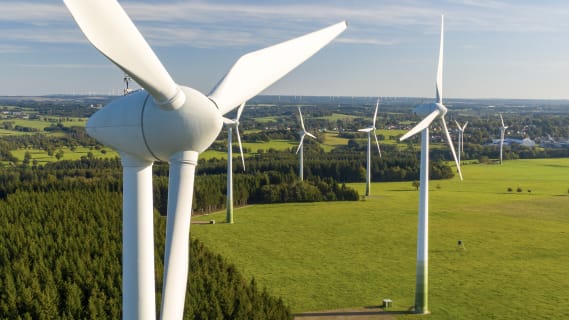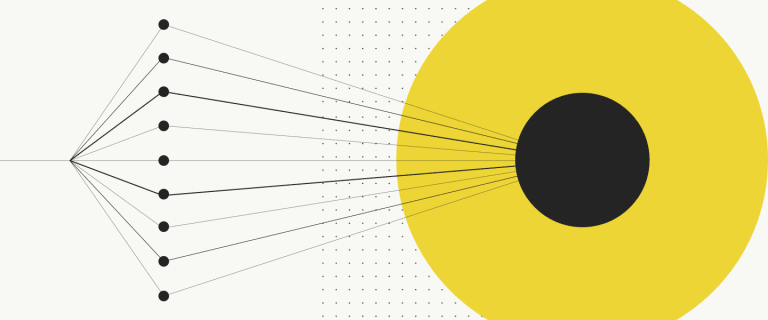Internet of Things: Three Numbers You Should Know
The Internet of Things – almost everyone has heard of it but how many really know what it is? When you hear “IoT”, your first thought might be of smart homes, or smart cities. But the Internet of Things goes way beyond these associations.
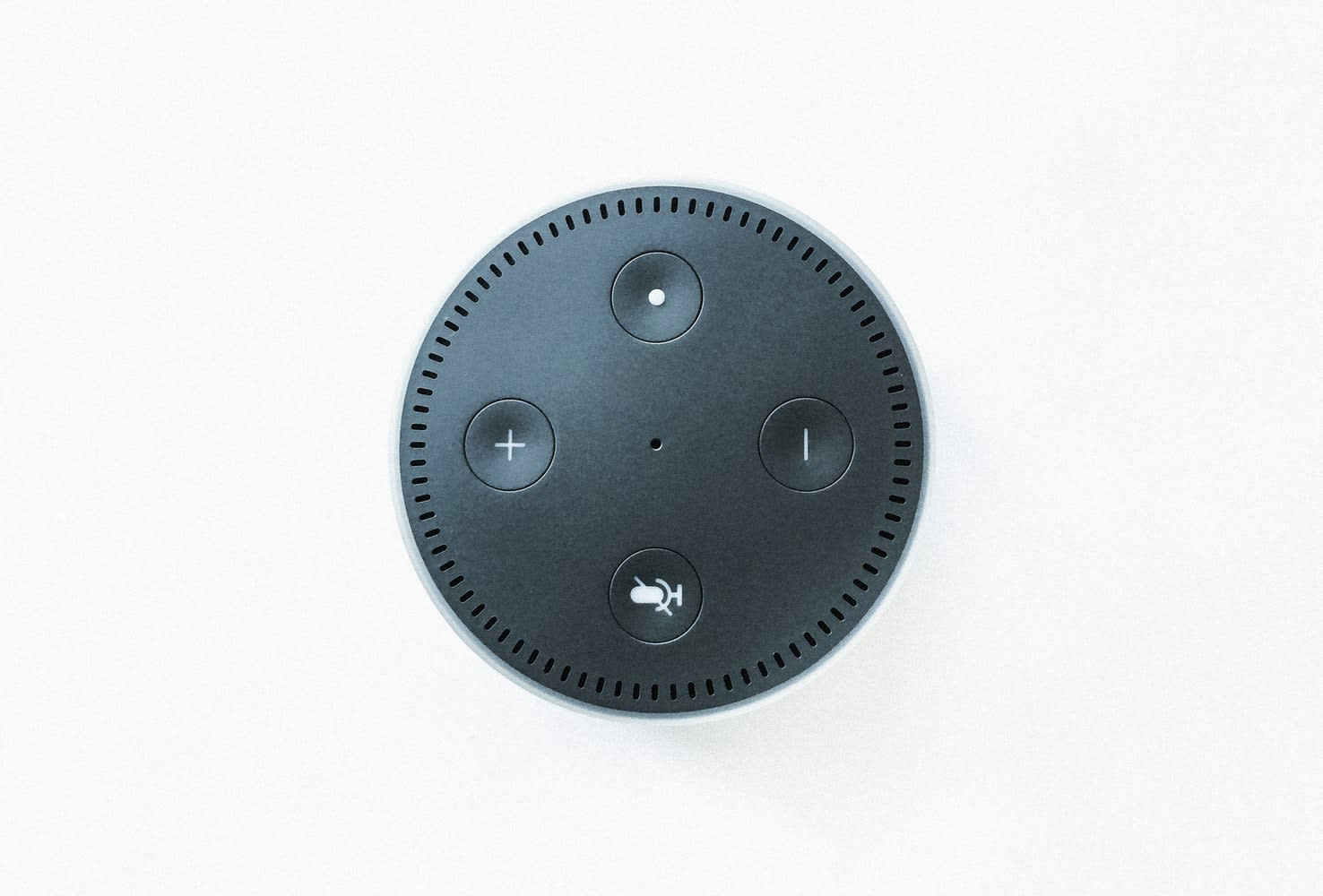
Table of contents
The IoT is already here, and it influences our everyday life as well as the global economy on the most subtle levels. We use smart devices every day, but the Internet of Things is also in our homes, cities, manufacturing, agriculture, energy management, transportation, healthcare and much more. But despite being so widespread, the impact of the IoT is sometimes difficult to imagine.
>>> Discover GITEX 2019 with Boldare’s video coverage<<<
I have chosen three specific numbers to help draw a picture of the Internet of Things landscape because there is no better way to illustrate its influence than by numbers.
The number of connected devices: 20 000 000 000
20 billion. This is the number of connected devices worldwide in 2017. Almost 3 billion more than the year before and 5 billion more than in 2015. According to Statista, there will be 75 billion connected devices by the end of 2025, almost 400% more than now.
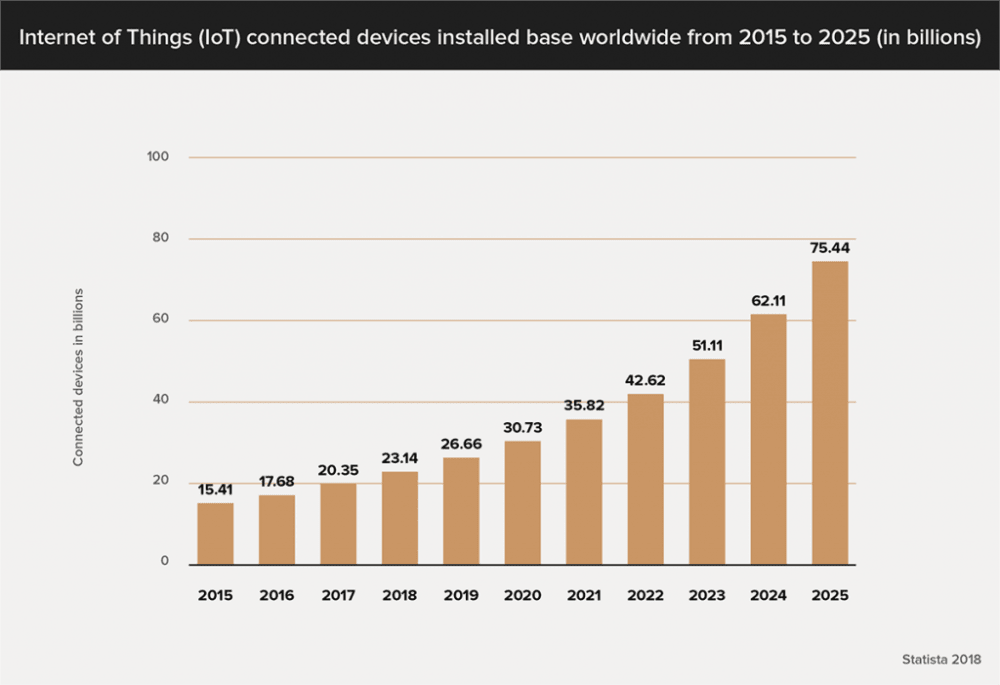
Those devices, connected and “talking” with each other, equipped with countless sensors harvesting information all the time, in real time, are everywhere – always watching, recording and generating an unimaginable amount of data. How much data are we talking about?
The amount of data in bytes: 220 000 000 000 000 000 000 000
According to a Cisco report, in 2016 all connected devices generated 220 zettabytes of data. By the end of 2021, this number may increase to 850 ZB. Cisco estimate that maybe 10% of this data is useful, which still comes to 22 ZB of data in 2016. Meanwhile, the total data center traffic in 2016 was just 7ZB.

This gap perfectly illustrates the difficulty with IoT. There is no problem with manufacturing devices loaded with sensors for data collection. The problem is, what to do with this data once it’s collected. We are facing a bottleneck with 4G cellular networks and computing power.
In the first case, the solution could be the implementation of 5G, which should reduce the latency of cellular networks (which is the time between when data is sent from a connected device to when it returns to the same device). But still, the problem of data overload remains. It might be solved by implementing edge and fog computing. However, these are just measures to improve the communications bandwidth – the data still needs to be analyzed.
Increasingly, next to traditional data analysis, machine learning is used. Thanks to its learning and prediction capabilities, ML can help analyze sensor data, especially in cases of variable factors, it looks for correlations between data and determines the best possible response.
A good example of using ML this way is Google’s data centers. The company uses machine learning to optimize energy management and maintain the right temperature conditions in its centers, thus helping to reduce costs. Of course, there are many more benefits of using ML in data analysis than just temperature control.
And data usage is precisely what the IoT is all about. Data is the new gold of the digital era: difficult to extract and even more challenging to process, but once that’s done, it can have tremendous market value.
The market size: 157 000 000 000
The last number is $157 billion. That was the size of the IoT market worldwide in 2016. And it is expected to triple by the end of 2020.
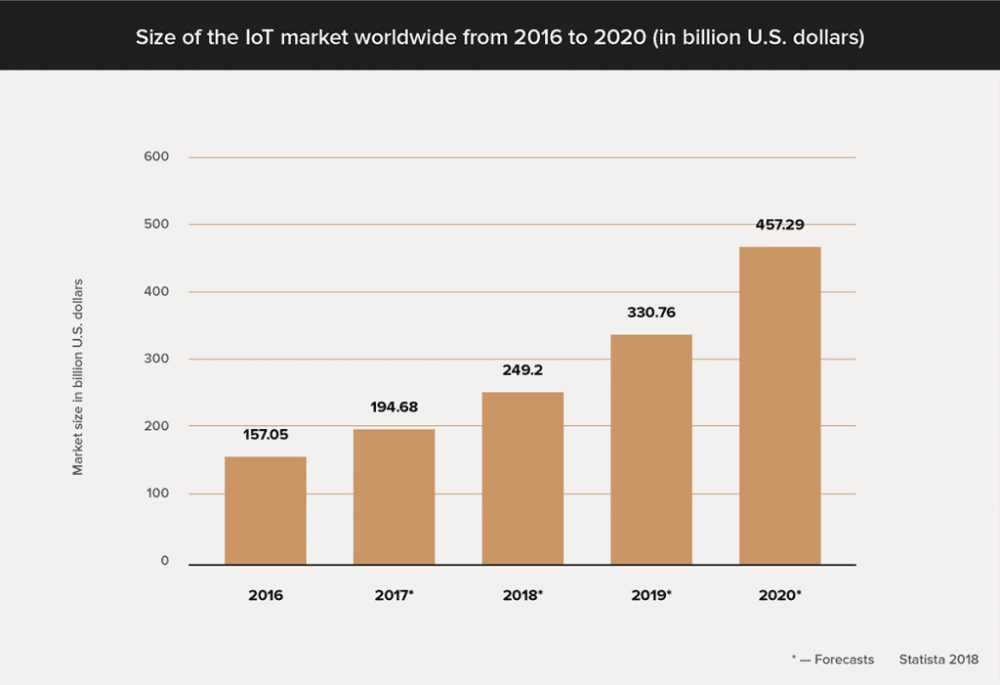
The Internet of Things is not about smart devices, like “talking” speakers or fridges. It’s all about optimization and automatization in manufacturing, healthcare or city management which reduces costs and increases profits; it’s about advertising and product personalization.
“Talking” speakers are just a more visible manifestation of the IoT, but the core idea is to place sensors everywhere for data collection. Once this data has been processed and analyzed it can then be used by companies to make better business decisions and increase profits.
And the IoT money pile is growing, year by year.
Share this article:

